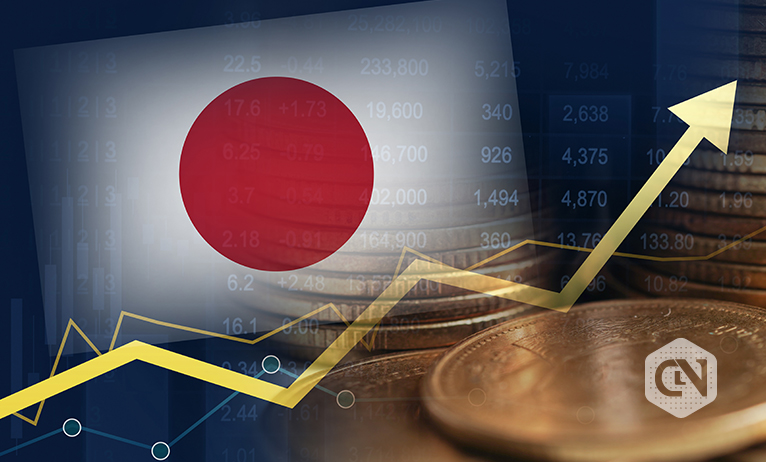This content has been archived. It may no longer be relevant.
Earlier on Tuesday, the rate of the Dollar was down in Asia, one week lower than the previous week due to the significant concerns of Covid-19’s new variant Omicron. The concern was also about the economy of the US and the delayed Federal Reserve hike in the interest rate of the US.
The World Health Organization has warned that there is a “very high” chance of omicron infection outbreaks, and several nations have already tightened border restrictions. US President Joe Biden stated that the US would not reintroduce lockdowns, boosting investor confidence slightly.
US Federal Reserve Chairman Jerome Powell predicts inflation will fall in 2022 as supply and demand rebalance. On Monday, he noted that the “recent surge in COVID-19 cases and the introduction of the omicron variation offer adverse risks to employment and economic activity, and increasing inflation uncertainty.”
Advertisement
The increased inflation pressure can accelerate the interest rate, although investors initially resisted bets on the Fed tightening monetary policy because of the danger to GDP.
The Dollar has recovered some of its losses thanks to a less pessimistic view on omicron But, according to Westpac analysts, “the relatively lackluster comeback in global markets implies that there is still a heightened level of anxiety about the variant.”
The Dollar will be buoyed by continued economic strength in the United States, while the Australian Dollar remains weak, and a break below $0.7106 would be bearish. “It appears to be only a matter of time,” the statement continued.
The euro was unchanged at $1.12955, after plunging to an almost 17-month bottom of $1.1186, as the European Central Bank maintained its dovish inflation outlook.
Ray Atrill, NAB’s head of FX strategy, stated that the market needs to believe that things will not be too awful. Still, every scientist – not just economists posing as epidemiologists – tells you that we’ll have to wait a few weeks before concluding.
Advertisement
Before the arrival of the new variant, the key driver of currency movements was speculators’ perceptions of how quickly global central banks would halt pandemic-era stimulus and hike interest rates to confront growing inflation without choking economic growth.







